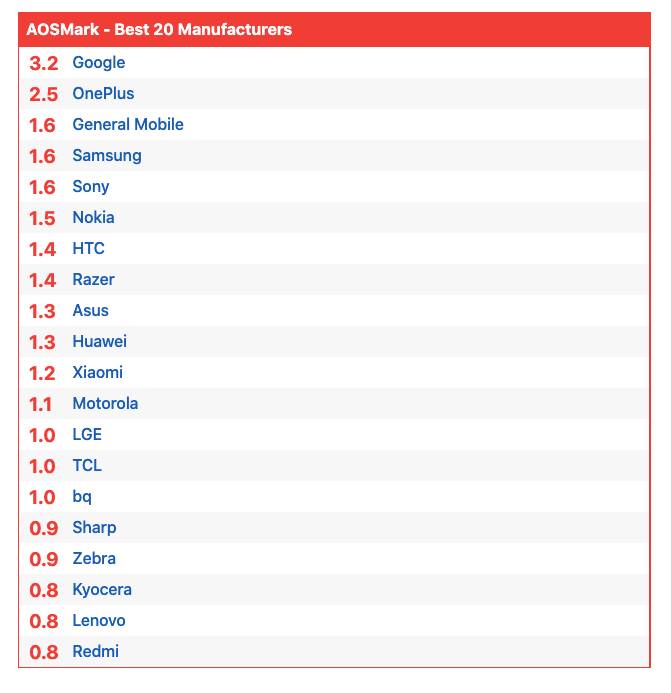This business model doesn't do well with consumers and the environment, but Google has all the Android maps in its hands.

Fairphone is a tiny player in the smartphone space. Its unusual competitive advantage lies in the area of environmental protection, and is touted as an ethical supply chain and modular components that users can change themselves. So it shouldn't surprise us that Fairphone 2, which first hit the market in 2015, is still receiving software updates. Yes, Fairphone 2 only updated to Android 9 Pie. Not the newest system - but Google still officially supports it. When the phone first appeared, it was running Android 5 Lollipop.
Still, it's amazing. Fairphone stands out in the fragmented Android world, where vital software updates slowly and irregularly. With a few exceptions (namely Nokia and Google), most manufacturers stop supporting devices just two years after they hit the market - and some even earlier.
Even the Android One support program , which promises two years of OS updates and three years of patches, is no match for what Fairphone does.
From the evidence, things don't have to be that way. Fairphone's latest annual report for 2017 reported revenues of € 11.6 million. For the company's competitors, this is something of a rounding error. The company says it employs 70 people and has sold 100,000 phones. In short, it is a tiny dot on the huge map of the smartphone world.
And yet Fairphone outperforms better-off competitors when it comes to long-term customer support. How is this even possible? From the point of view of economics - nothing.
Naturally, Fairphone does not look like some "standard" smartphone manufacturer. It is a social project that deliberately opposes planned obsolescence. The essence of the company's activity is the long-term use of the product, not short-term sales figures.
This motivation is a double-edged sword. If your priority is to sell a product, and not to reduce the amount of equipment going to landfill, you have the motivation to artificially underestimate the life of the product. It becomes even more obvious when you remember that the profit from the sale of most budget phones is scanty.
Lei Jun , founder and CEO of Xiaomi, claims that the company's phone sales profit is 8-9%. Unsurprisingly, Xiaomi is not ranked highest on the Android manufacturers' leaderboard in terms of updates. vendor leaderboard compiled in AOSMark .

After all, phone makers want people to buy smartphones regularly, not hold on to their phones for as long as possible. However, this business model does not treat consumers and the environment very well.
To Google's credit, the company is trying to make it easier for manufacturers to release Android updates. This process began a few years ago when the Chocolate Factory began to gradually decouple system components from the OS kernel, allowing them to be updated via the Google Play Store instead of over the air .
With Android 11, this process should be made even easier. Google has demanded that the new phones include A / B partition support, a key part of the company's renewal strategy. Some reports from 2018 indicate that the company is also forcing manufacturers to support flagship devices for at least two years.
But this is not enough. Google, as the developer of the Android operating system, is wielding unreal power and influence. There is no reason why it cannot oblige manufacturers who purchase a license for Google Mobile Services (which includes the Google Play Store) to support their devices for a certain minimum period of time.
After all, consumers are required to vote with their wallet. By purchasing Android One devices or phones from manufacturers like Fairphone, they can break this vicious circle of planned obsolescence. As a result, the environment, and indeed their bank account, will be grateful to them.